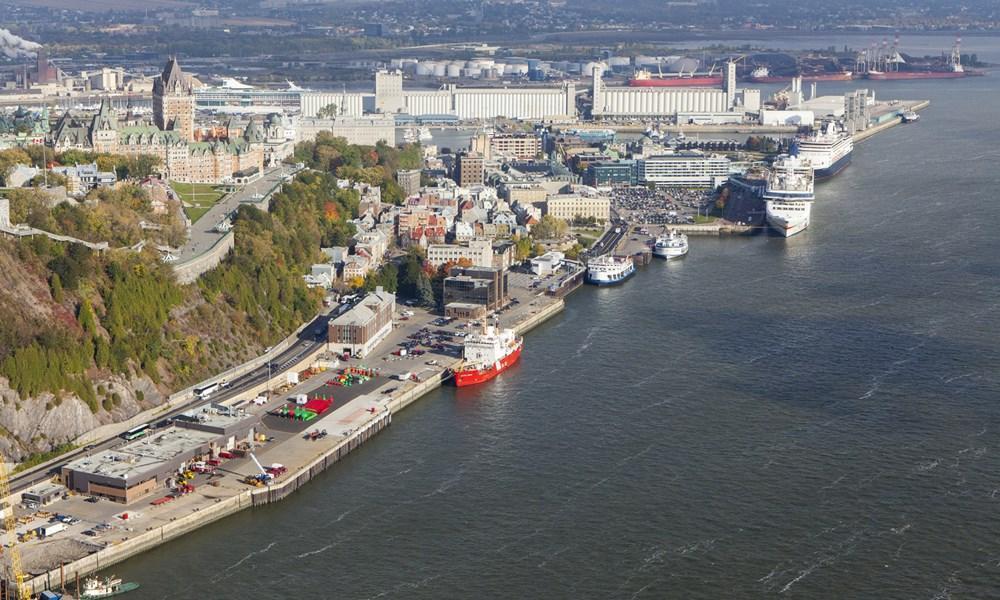New England and Canada cruises offer sophisticated, eye-catching ports of call. Take in the sights of the Atlantic Ocean coast, enjoy whale watching, and see the beautiful fall foliage. Newport, Portland and Bar Harbor are quaint towns with lighthouses and crab shacks. Explore Canada's Maritime provinces, including Nova Scotia, New Brunswick and Newfoundland. Finally, immerse yourself in French Canada with stops in Quebec's cities and countryside.
From the old city walls of Québec City to the dramatic landscape of Gaspé and one of the most popular whale-watching spots at Saguenay Fjord. Enjoy private guided tour excursions that will fill your days with exploration and discovery. Each stop along your journey will leave you with a greater appreciation for this spectacular region.
You will need to fly into Canada to begin the cruise. When flying into Canada you need to be sure you have an eTA Canada. Once you have this, you will have the authorisation to fly into any airport in Canada and begin your cruise.
Montreal, Quebec
This is the largest city in the Québec area. Montréal is a big, busy, exhilarating city, with so much to see and do. Montreal's top attractions are within walking distance from the city centre and with the port being in situated in the city centre, this makes it the perfect cruise destination. Some sights include Mount Royal (the city's namesake) and, in photogenic Old Montreal, Notre Dame Basilica and Bonsecours Market. Montreal effortlessly combines French delicacies with European architecture and Canadian friendliness.
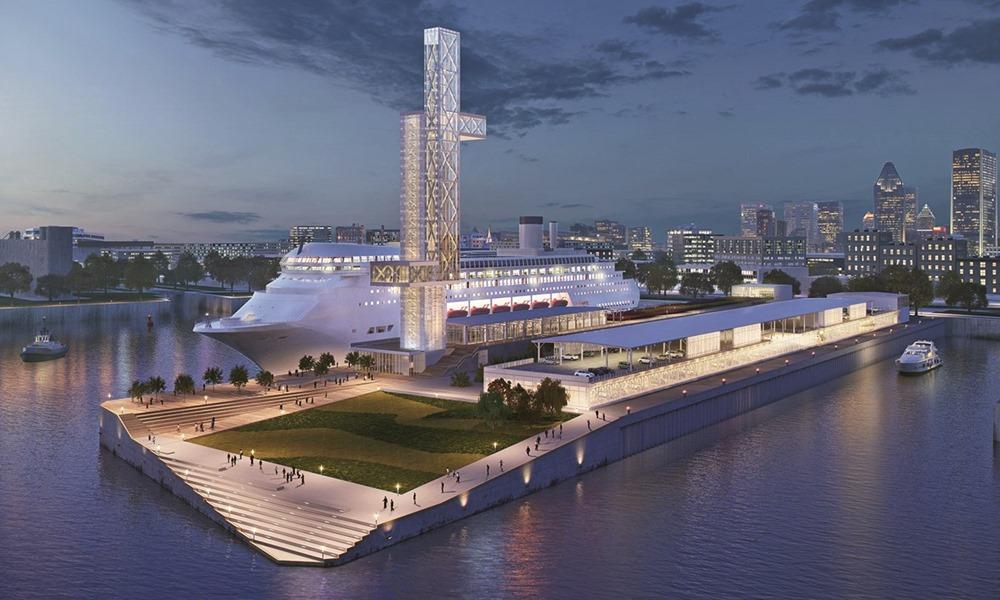
Saint-John's, Newfoundland and Labrador
Set against the backdrop of the wild Atlantic sea, St. John's is defined by animated locals, colourful houses and its own brand of folk music. In the capital of Newfoundland — the island of fishing villages, kitchen parties and bakeapple jam — you can marvel at historic landmarks dating back to John Cabot's voyage in 1497 before you hit the town to join in the lively pub scene. Hungry for nature? Cruise to Newfoundland to hike the 80 miles of walking trails or hit the waters outside the harbour to catch a glimpse of icebergs and humpback whales.
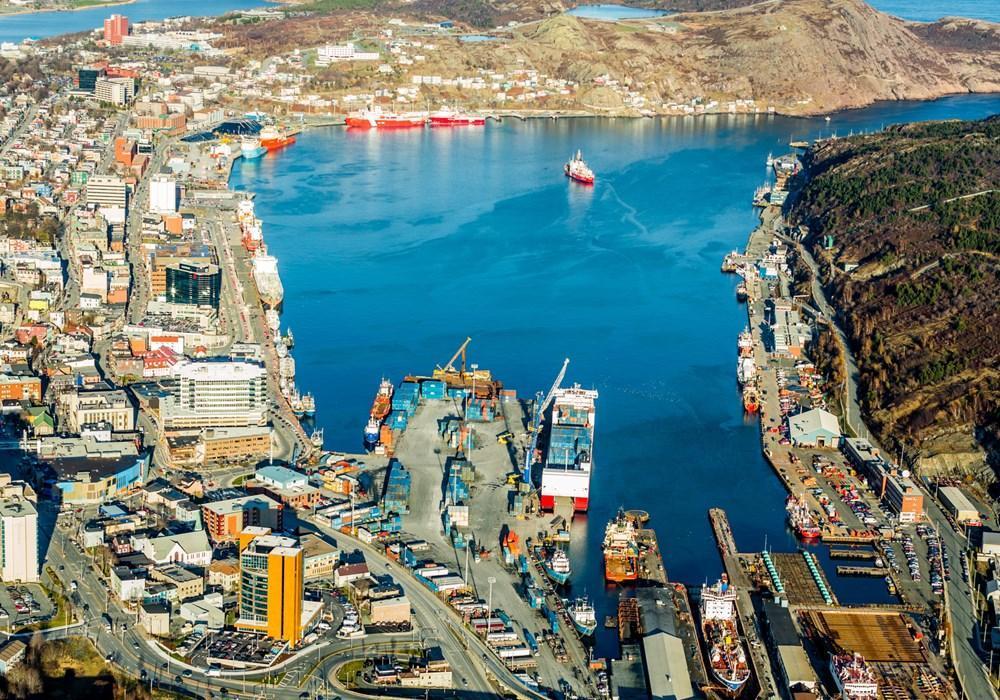
Saint Pierre
By heading almost due east from Cap-aux-Meules in Canada, it is possible to reach France in about one day’s worth of steaming! With barely 6,000 inhabitants living on tiny St. Pierre, it is the smallest French Overseas Collective. The residents of St. Pierre are predominantly descendants of Normans, Basque and Bretons and the French spoken is closer to Metropolitan French than to Canadian French. Interestingly, this small island has two museums in part dedicated to the Prohibition. The Musée Heritage is St. Pierre’s newest museum with a focus on medical artefacts from the 19th and 20th century. Another claim to fame is a guillotine, the only one ever used in North America. In this quirky village it is easy to find the Post Office; just look for the clock tower shaped like a praying monk.
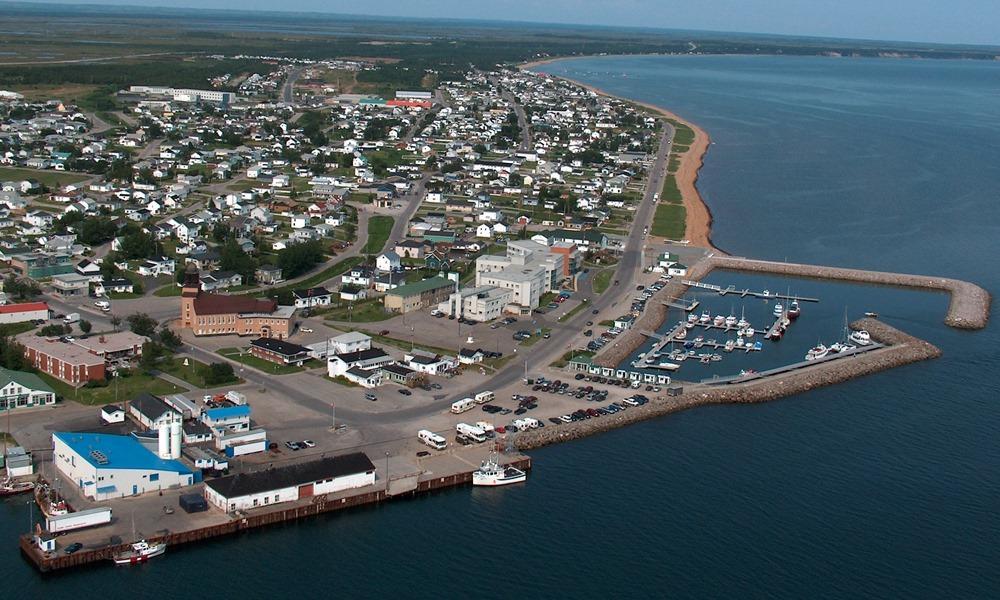
Corner Brook, Newfoundland and Labrador
Newfoundland's fourth-largest city, Corner Brook is the hub of the island's west coast. Hills fringe three sides of the city, which has dramatic views of the harbour and the Bay of Islands. The town is also home to a large paper mill and a branch of Memorial University. Captain James Cook, the British explorer, charted the coast in the 1760s, and a memorial to him overlooks the bay. The town enjoys more clearly defined seasons than most of the rest of the island, and in summer it has many pretty gardens. The nearby Humber River is the best-known salmon river in the province, and there are many kilometres of well-maintained walking trails in the community.
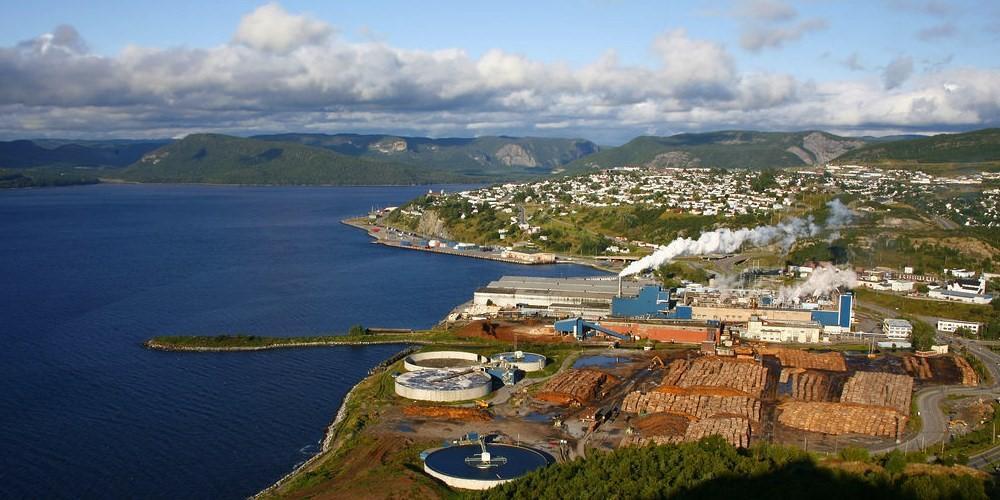
Sydney, Nova Scotia
If you come directly to Cape Breton via plane, ferry, or cruise ship, Sydney is where you’ll land. If you’re seeking anything resembling an urban experience, it’s also where you’ll want to stay: after all, this is the island’s sole city. Admittedly, it is not the booming centre it was a century ago when the continent’s largest steel plant was located here. However, Sydney has a revitalized waterfront and smattering of Loyalist-era buildings that appeal to visitors. Moreover, it offers convenient access to popular attractions in the region such as the Miner’s Museum in nearby Glace Bay, the Fortress at Louisbourg, and beautiful Bras d'Or Lake.
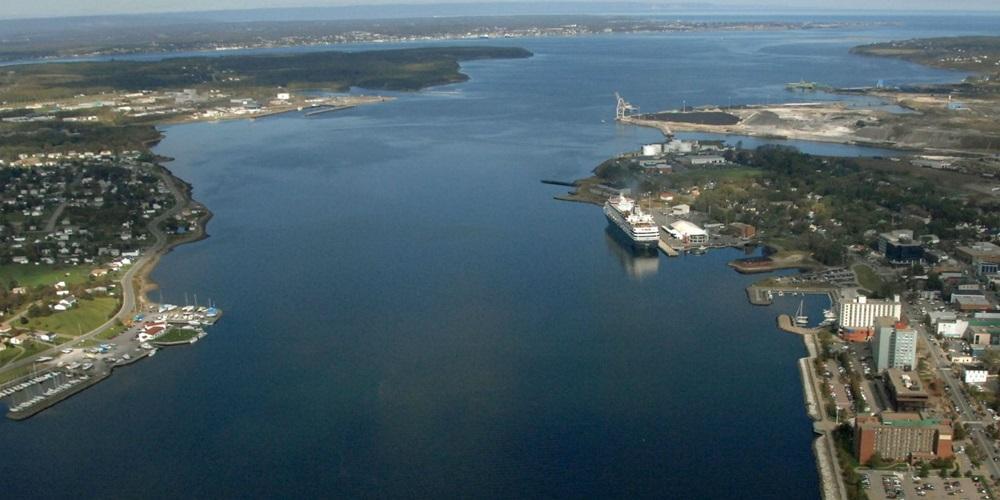
Quebec City, Québec
The final stop here is Quebec City, one of the most visited cities in Canada. Quebec has a rich historical centre and multicultural atmosphere. Being part of French-Canadia, there is a long and interesting colonial history to the city which can be seen in the old town. Alongside this, there are a number of stunning natural sights to see, including the Jacques-Cartier National Park and the Montmorency Falls Park. Just be sure to not forget your visa for Canada when you fly back!
